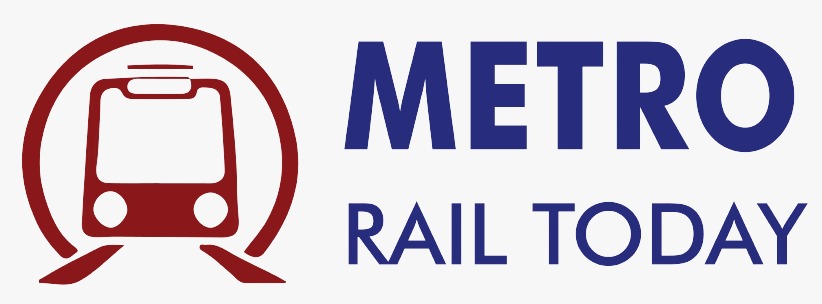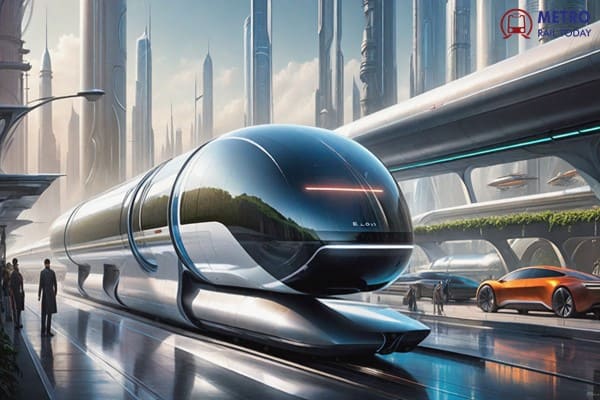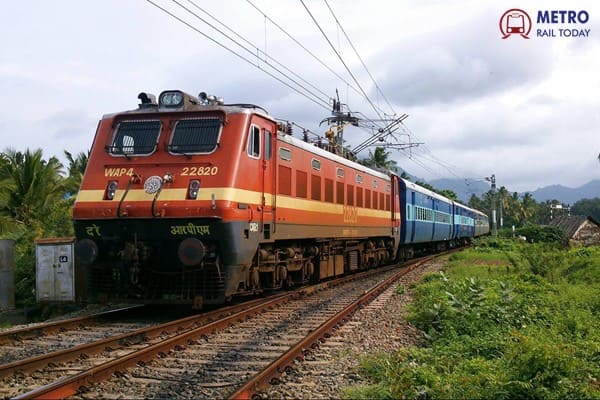 Titagarh Rail Systems Bags ₹273.24-Crore Rolling Stock Contract from Indian Railways
Titagarh Rail Systems Bags ₹273.24-Crore Rolling Stock Contract from Indian Railways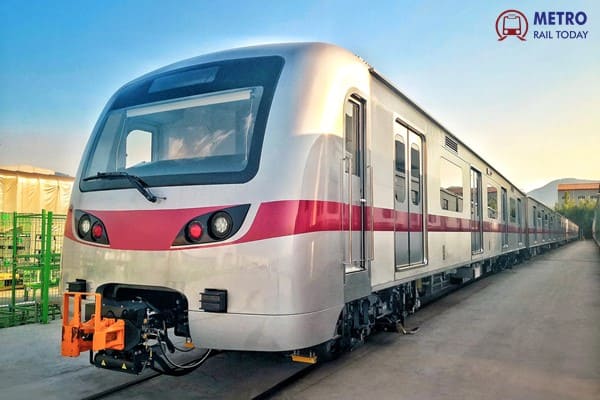 Metro Rail Transit Line (MRT-7): A New Way Forward for the North
Metro Rail Transit Line (MRT-7): A New Way Forward for the North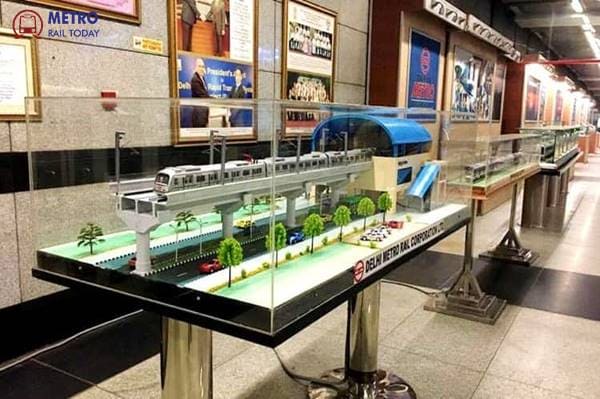 Delhi Metro inaugurates New State-of-the-Art Museum at Supreme Court Metro Station
Delhi Metro inaugurates New State-of-the-Art Museum at Supreme Court Metro Station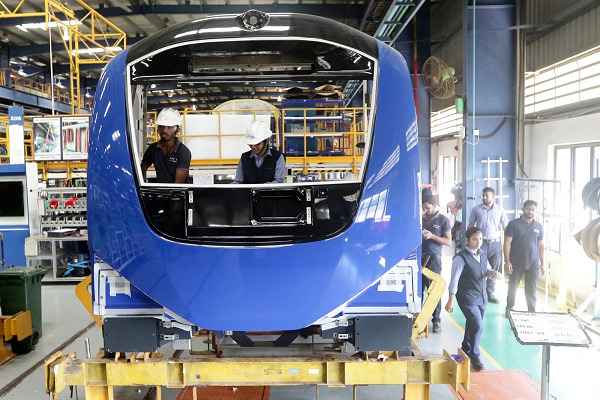 Knorr-Bremse unviels plan to invest ₹1,907 Crore in New Rail Manufacturing Facility in Chennai
Knorr-Bremse unviels plan to invest ₹1,907 Crore in New Rail Manufacturing Facility in Chennai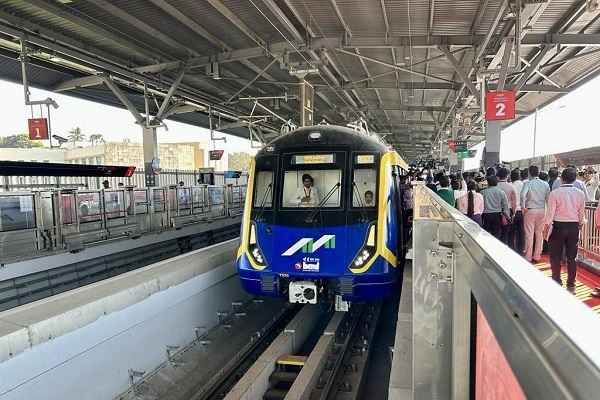 Landmark-Neev JV bags ₹151.2 crore station finishing contract for Mumbai Metro Line 2B
Landmark-Neev JV bags ₹151.2 crore station finishing contract for Mumbai Metro Line 2B How Delhi Metro is reimagining urban architecture for a sustainable public transport?
How Delhi Metro is reimagining urban architecture for a sustainable public transport?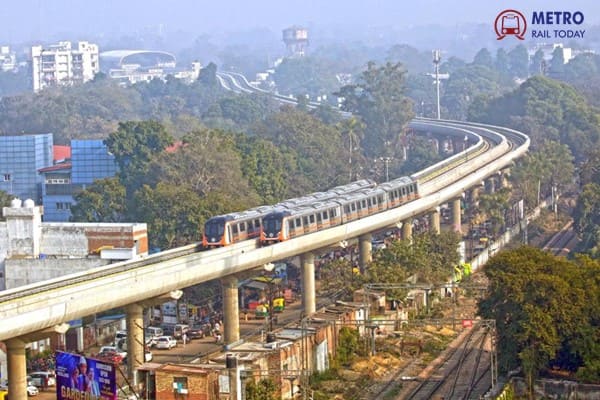 Why India needs a dedicated Ministry for Metro Railways?
Why India needs a dedicated Ministry for Metro Railways?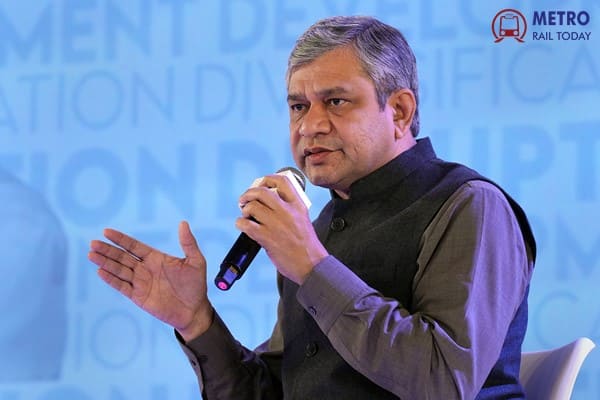 How Ashwini Vaishnaw is shaping India's Railways, Digital Future and Manufacturing Rise?
How Ashwini Vaishnaw is shaping India's Railways, Digital Future and Manufacturing Rise?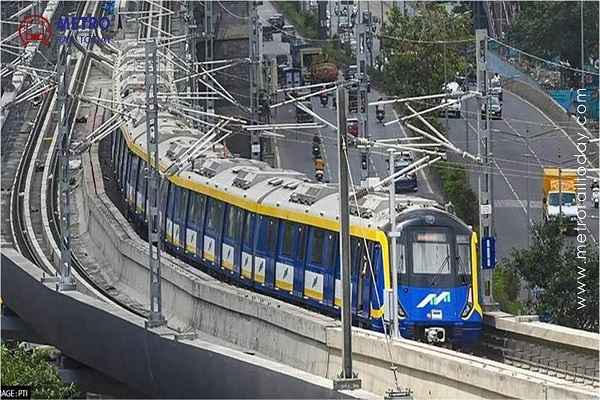 Dev–N.Rose bags ₹201.49-crore Architectural Works contract for 7 stations of Mumbai Metro Line 2B
Dev–N.Rose bags ₹201.49-crore Architectural Works contract for 7 stations of Mumbai Metro Line 2B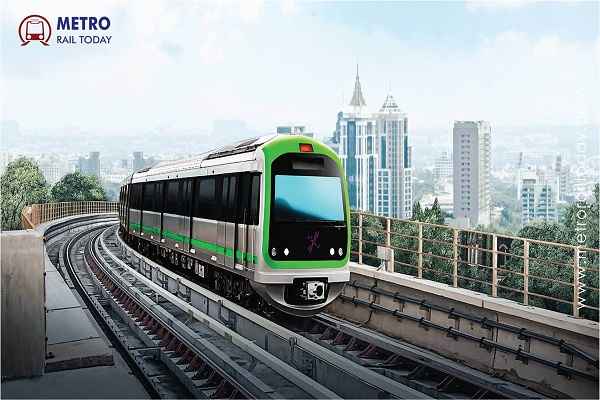 Bangalore Metro to float tenders for ₹25,311 crore Hosahalli–Kadabagere Metro Line
Bangalore Metro to float tenders for ₹25,311 crore Hosahalli–Kadabagere Metro Line
Emerging Technologies Shaping the Future of Railways & Metro Rail Systems Worldwide
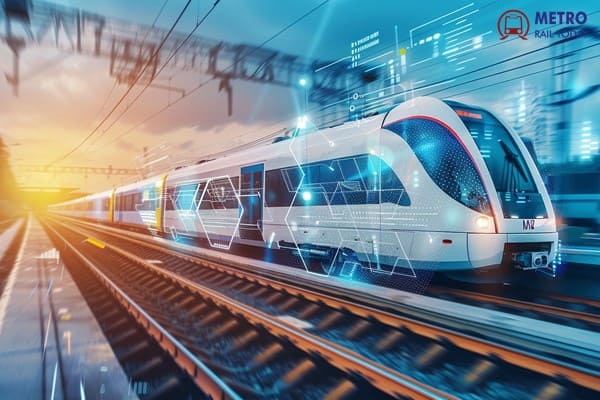
The railway industry has always played a pivotal role in the global transportation landscape. With the rapid advancement of technology, rail networks are evolving at an unprecedented pace. From high-speed trains to smart infrastructure, the future of railways and metro systems is being reshaped by emerging technologies. In this article, we will explore how innovations in technology are transforming rail transportation and what the future holds for this critical sector.
1. High-Speed Rail: Revolutionizing Long-Distance Travel
High-speed trains, which can reach speeds exceeding 300 km/h (186 mph), are a prime example of how emerging technologies are transforming rail travel. Countries like Japan, France, and China have been pioneers in this domain, but the technology is spreading across the globe.
Key technologies driving high-speed rail include:
-
Maglev Technology (Magnetic Levitation): Maglev trains float above the tracks using powerful magnets, eliminating friction and allowing trains to reach incredible speeds. This technology is already operational in countries like China and Japan, and it is expected to become more widespread.
-
Advanced Aerodynamics: Cutting-edge aerodynamic designs reduce air resistance, enabling faster and more energy-efficient trains. Companies like Siemens and Alstom are constantly innovating in this space to create faster and more environmentally friendly high-speed trains.
-
Electrification and Power Systems: Modern high-speed trains are increasingly powered by electricity rather than diesel, reducing carbon emissions and making them more sustainable. These trains often use overhead lines or third rails to supply power efficiently across vast networks.
2. Smart Railways: The Internet of Things (IoT) and Big Data
The integration of the Internet of Things (IoT) and big data into railway systems is creating smarter, more efficient railways. IoT-enabled devices collect real-time data from trains, tracks, and stations, providing actionable insights that improve safety, performance, and customer satisfaction.
Applications of IoT and big data in railways include:
-
Predictive Maintenance: IoT sensors can monitor the condition of trains and tracks in real-time. By analyzing this data, railway operators can predict when components will fail and schedule maintenance before problems occur. This reduces downtime, improves safety, and cuts maintenance costs.
-
Real-Time Passenger Information Systems: IoT-powered systems provide passengers with up-to-the-minute updates on train schedules, delays, and platform changes. This enhances the travel experience and helps passengers plan their journeys more effectively.
-
Traffic Management and Optimized Schedules: Data analytics can optimize train schedules and traffic management, reducing congestion and improving efficiency across the network.
3. Autonomous Trains: The Future of Rail Operations
Self-driving or autonomous trains are a major area of focus for railway operators worldwide. These trains rely on artificial intelligence (AI), machine learning, and advanced sensors to operate without human intervention.
Benefits of autonomous trains include:
-
Enhanced Safety: Autonomous trains are less likely to make human errors, leading to fewer accidents and increased safety on the tracks.
-
Improved Efficiency: AI can optimize train operations, reducing wait times, energy consumption, and operational costs. Autonomous trains also offer the potential for 24/7 operation without the need for human operators.
-
Smart Infrastructure Integration: Autonomous trains will seamlessly interact with smart infrastructure, such as intelligent signaling systems, to ensure safe and efficient operations across the network.
4. Electrification and Sustainability: Green Rail Solutions
Sustainability is a key concern for the future of transportation, and the railway sector is no exception. As governments and companies look to reduce carbon footprints, electrification of rail networks is gaining traction.
Key elements of green rail solutions include:
-
Zero-Emission Trains: Hydrogen fuel cell trains and battery-electric trains are emerging as eco-friendly alternatives to diesel-powered locomotives. Countries like Germany and the UK have already introduced hydrogen-powered trains that produce zero emissions.
-
Energy-Efficient Infrastructure: New technologies are making rail infrastructure more energy-efficient, including regenerative braking systems that allow trains to recover and store energy during braking, and smart lighting systems that reduce electricity consumption at stations.
-
Solar-Powered Stations and Tracks: Solar panels are being installed at rail stations and along track beds to provide clean, renewable energy to power train systems. In some cases, solar energy is being used to charge electric trains, further reducing reliance on fossil fuels.
5. Hyperloop and Vacuum Tube Transportation
The Hyperloop, a concept proposed by Elon Musk, is an emerging form of transportation that uses low-pressure tubes to transport pods at extremely high speeds (up to 1,200 km/h or 745 mph). While still in the developmental phase, it has the potential to revolutionize high-speed rail and inter-city travel.
Features of Hyperloop technology include:
-
Reduced Air Resistance: The low-pressure environment in the Hyperloop tubes drastically reduces air resistance, allowing for faster travel at lower energy consumption.
-
Magnetic Levitation: Similar to maglev trains, Hyperloop uses magnetic levitation to keep the pods suspended, reducing friction and enabling high speeds.
-
Energy Efficiency: The system is designed to be highly energy-efficient, with a low carbon footprint. Solar panels integrated into the system could potentially power the entire network.
6. AI-Powered Rail Signaling Systems
Traditional signaling systems in railways rely on fixed signals and human intervention. However, AI-powered signaling systems can dynamically adjust to changing conditions, allowing for more efficient and flexible train operations.
Key advantages of AI-powered signaling systems include:
-
Dynamic Traffic Control: AI can predict traffic patterns, enabling more precise train scheduling and reducing delays.
-
Real-Time Decision-Making: AI algorithms can make real-time decisions based on data from trains and infrastructure, improving safety and operational efficiency.
-
Reduced Delays: With better traffic management and predictive capabilities, AI systems can help avoid bottlenecks and reduce delays across the network.
7. Smart Ticketing and Contactless Payment Systems
The rise of digitalization has also impacted ticketing systems. Smart ticketing solutions, such as contactless payments and mobile apps, are simplifying the passenger experience and improving operational efficiency.
Key trends in smart ticketing include:
-
Mobile Payments: Passengers can now use their smartphones to pay for tickets, making the process faster and more convenient. Integration with apps like Google Pay and Apple Pay also makes it easier for travelers to manage their tickets and travel passes.
-
Biometric Authentication: In some regions, biometric technology (such as facial recognition) is being used for faster, contactless access to stations and trains. This technology improves both security and convenience.
-
Unified Travel Platforms: Many cities are moving toward integrated mobility platforms that allow passengers to plan and pay for journeys across multiple transport modes, including metro, bus, and train systems.
8. Urban Mobility and the Future of Metro Rail Systems
Metro rail systems are a cornerstone of urban transportation, and emerging technologies are making them more efficient, accessible, and sustainable. In many major cities around the world, metro networks are being expanded and modernized with the help of advanced technologies.
Key innovations in metro rail systems include:
-
Driverless Metro Systems: Several cities, including Dubai, Paris, and Vancouver, have already implemented or are planning to implement fully automated metro systems. These systems reduce human error, enhance safety, and allow for more frequent train services.
-
Smart Stations: Metro stations are becoming increasingly digitized, offering features like real-time scheduling updates, smart ticketing, and better crowd management systems.
-
Sustainable Construction: Metro projects are also prioritizing sustainability. Green building standards are being incorporated into the design and construction of metro stations and tunnels, reducing the environmental impact of new developments.
The Future of Railways and Metro Rail
The future of railways and metro rail systems is bright, thanks to the continuous advancements in technology. From high-speed trains and autonomous operations to green solutions and smart infrastructure, the railway industry is evolving rapidly. As these technologies become more widespread, they promise to enhance the efficiency, safety, and sustainability of rail transportation worldwide. The ongoing transformation of rail systems will not only improve travel experiences but also contribute to a greener and more interconnected world.
As governments, industries, and passengers embrace these innovations, the railways of tomorrow will be faster, cleaner, smarter, and more sustainable than ever before. The future of rail transport is truly on the tracks, and it promises to reshape the way we travel for generations to come.
